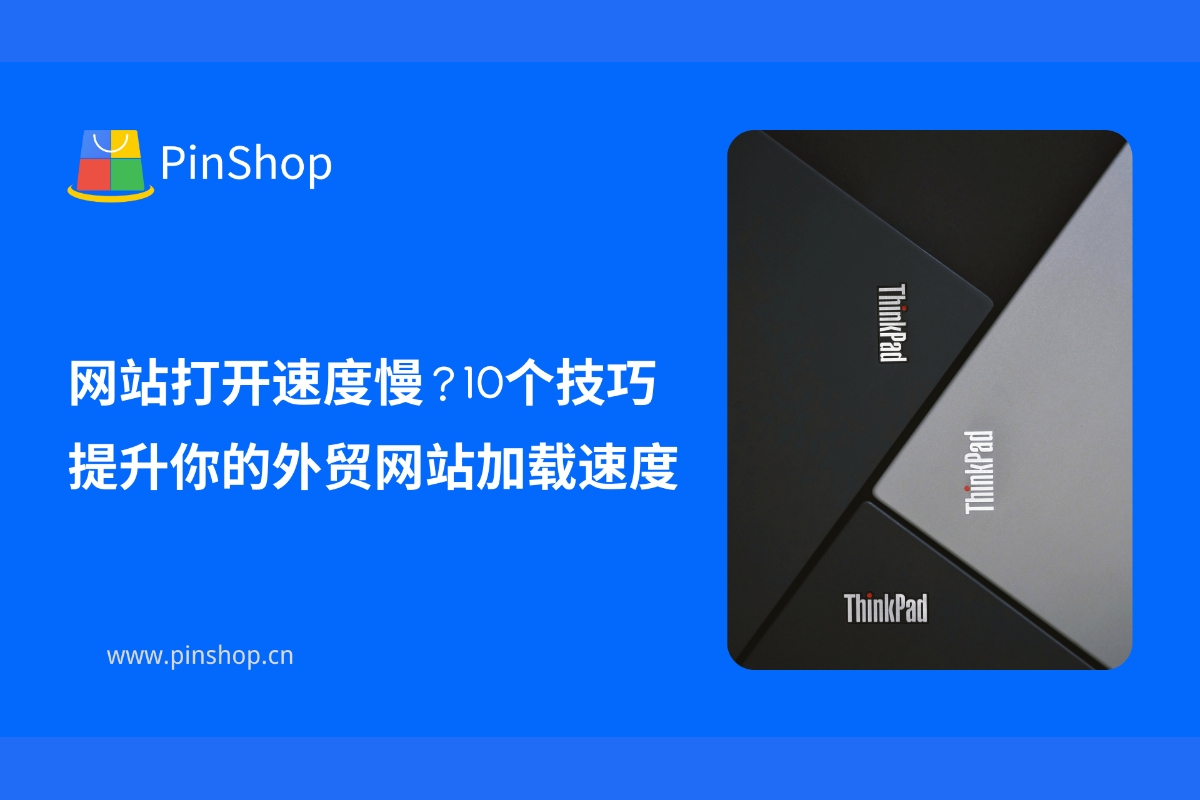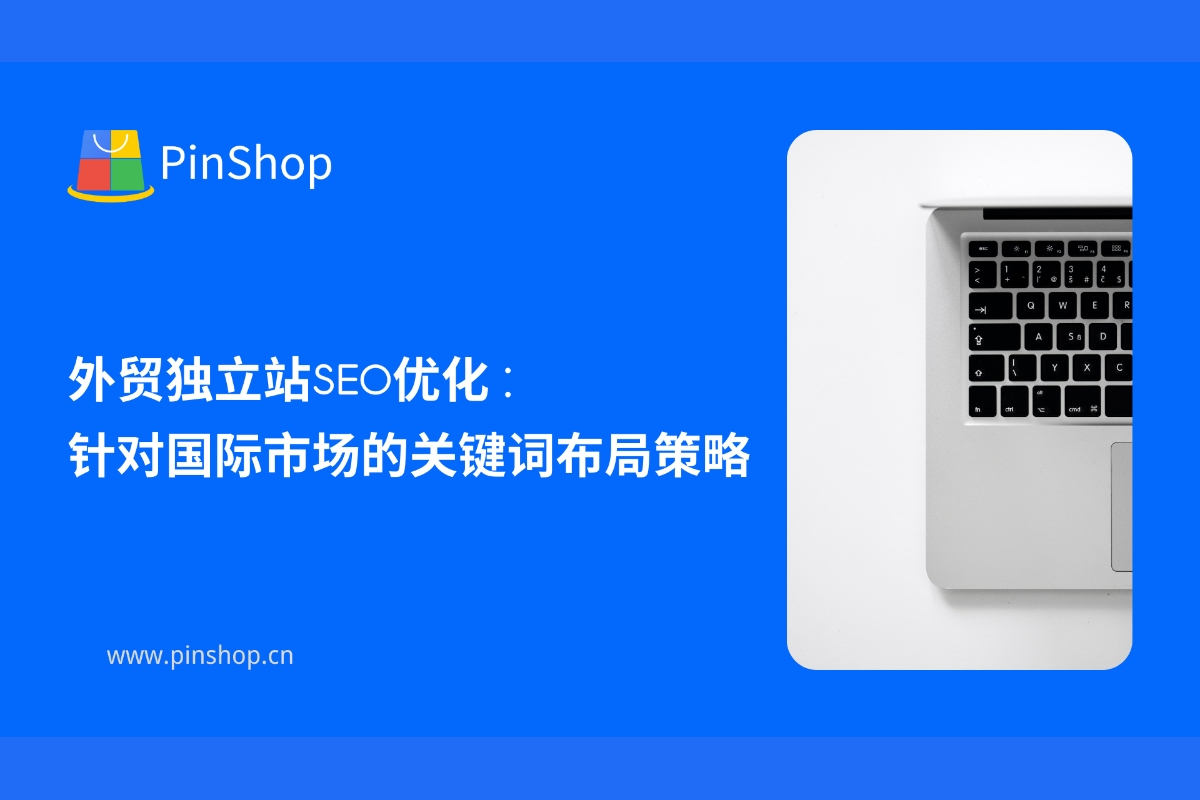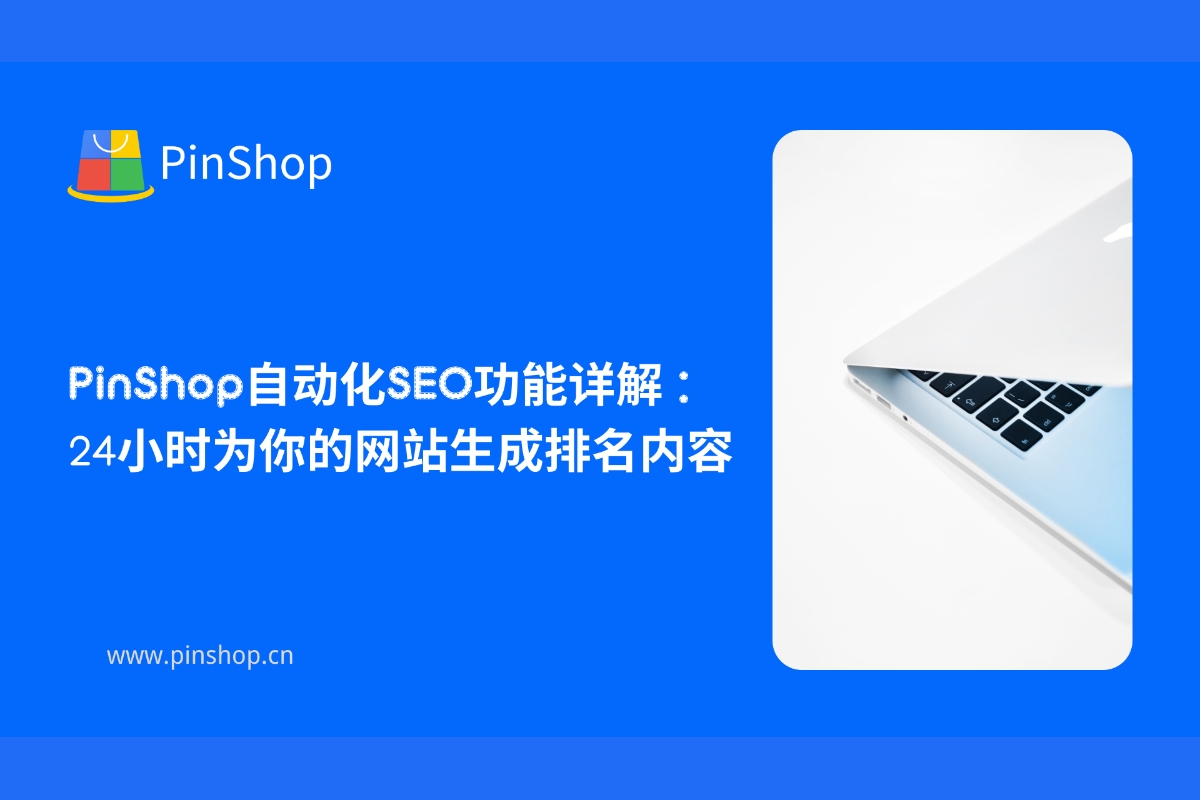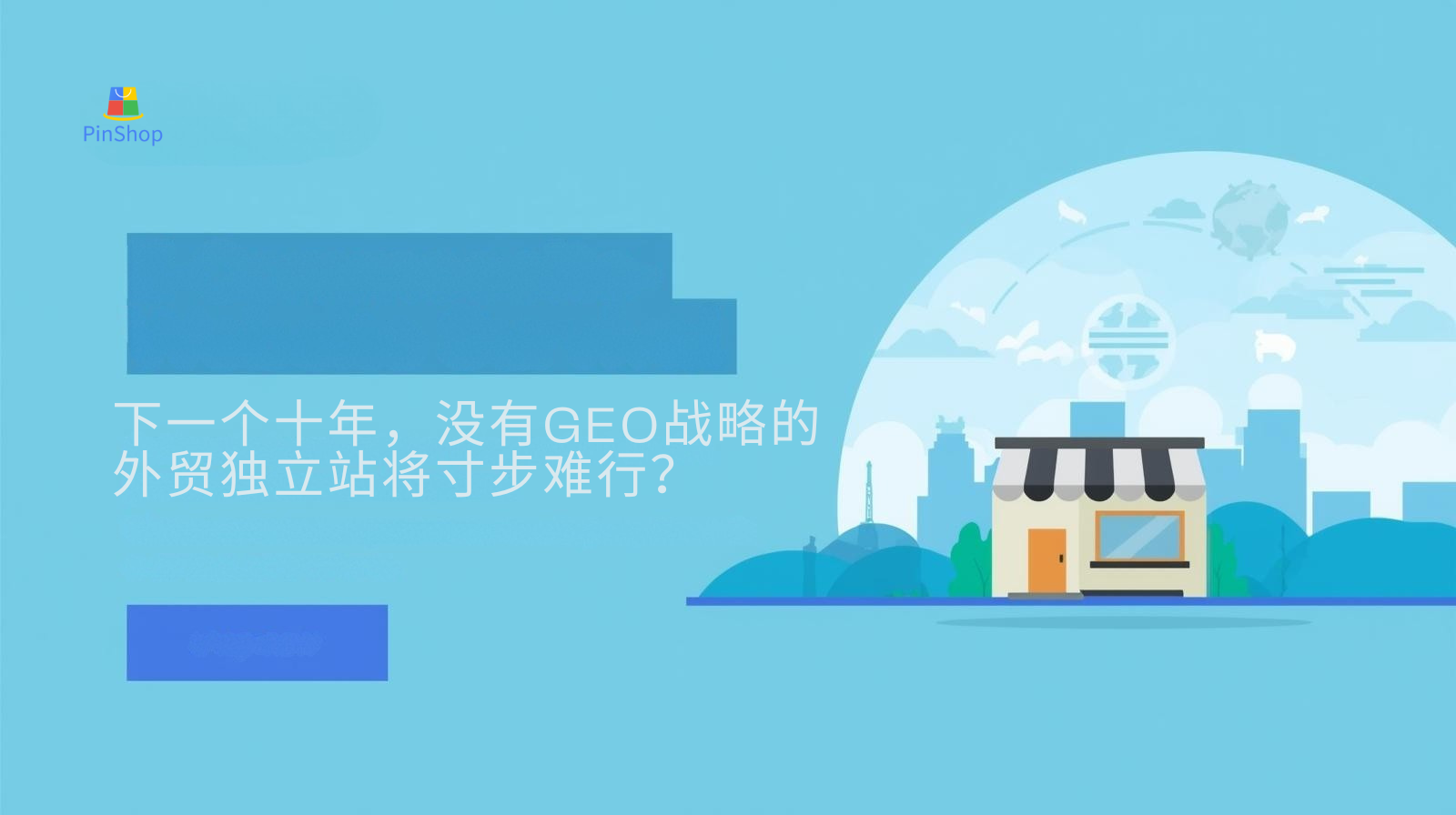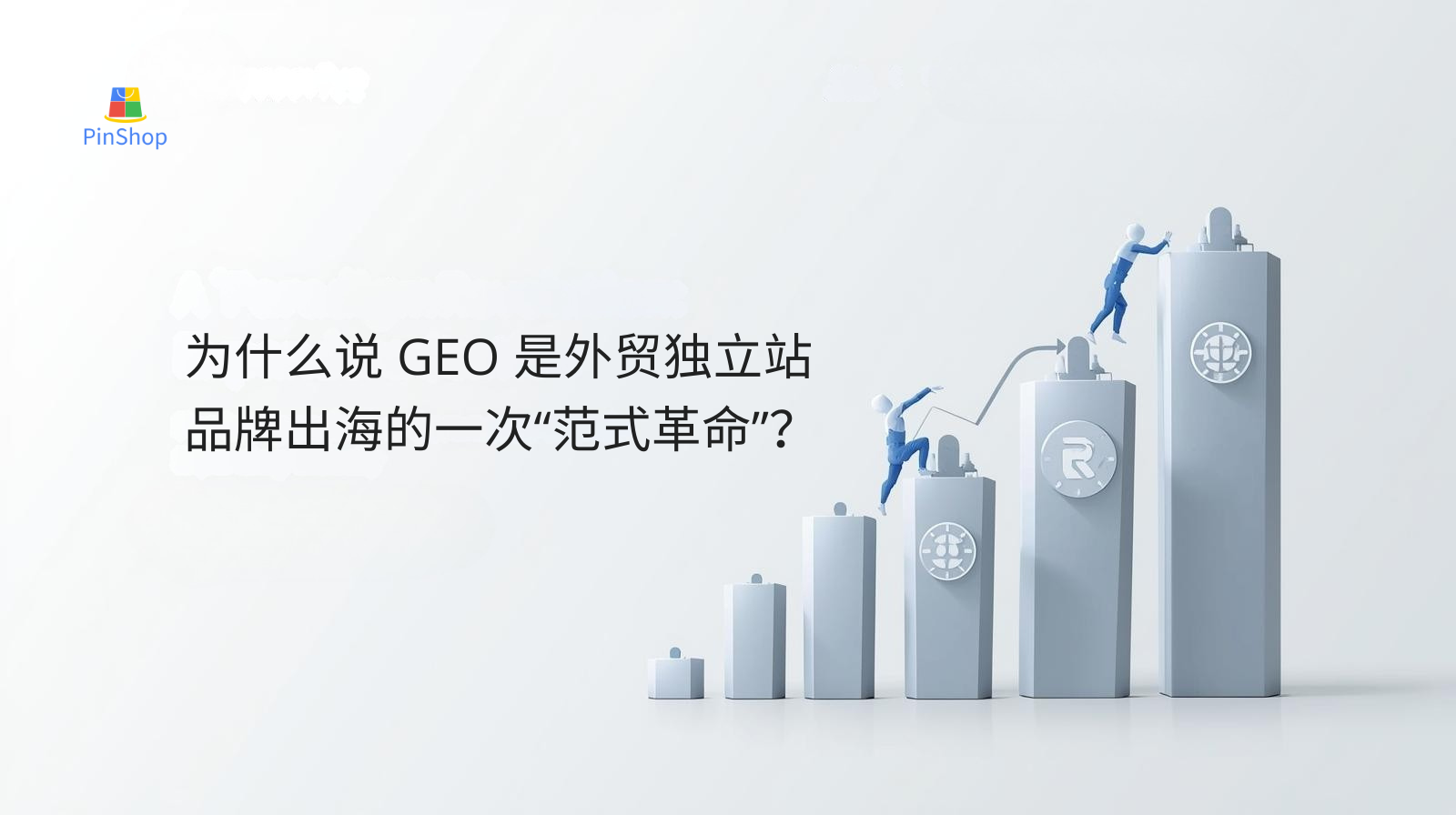2026 Scene Sketch: A Purchasing Manager's Day - Finding Suppliers
At 9:00 AM, Anna, a purchasing manager for a German supermarket chain, opened ChatGPT: "I need 200,000 biodegradable PLA straws, to arrive at the Port of Hamburg within 12 weeks. Please provide three factories that are BRC certified." ChatGPT provided three brands within 3 seconds, one of which was called Ningbo GreenStraw. Anna clicked the link in the answer to go directly to the independent website, where the AI customer service confirmed the inventory in German, generated a Proforma Invoice (PI), and scheduled a video factory visit that evening—the entire process involved no Google, no price comparison websites, and no email exchanges. This is the norm for procurement in 2026: AI completes the recognition → independent website completes the conversion, creating a closed loop between brand building and sales performance.
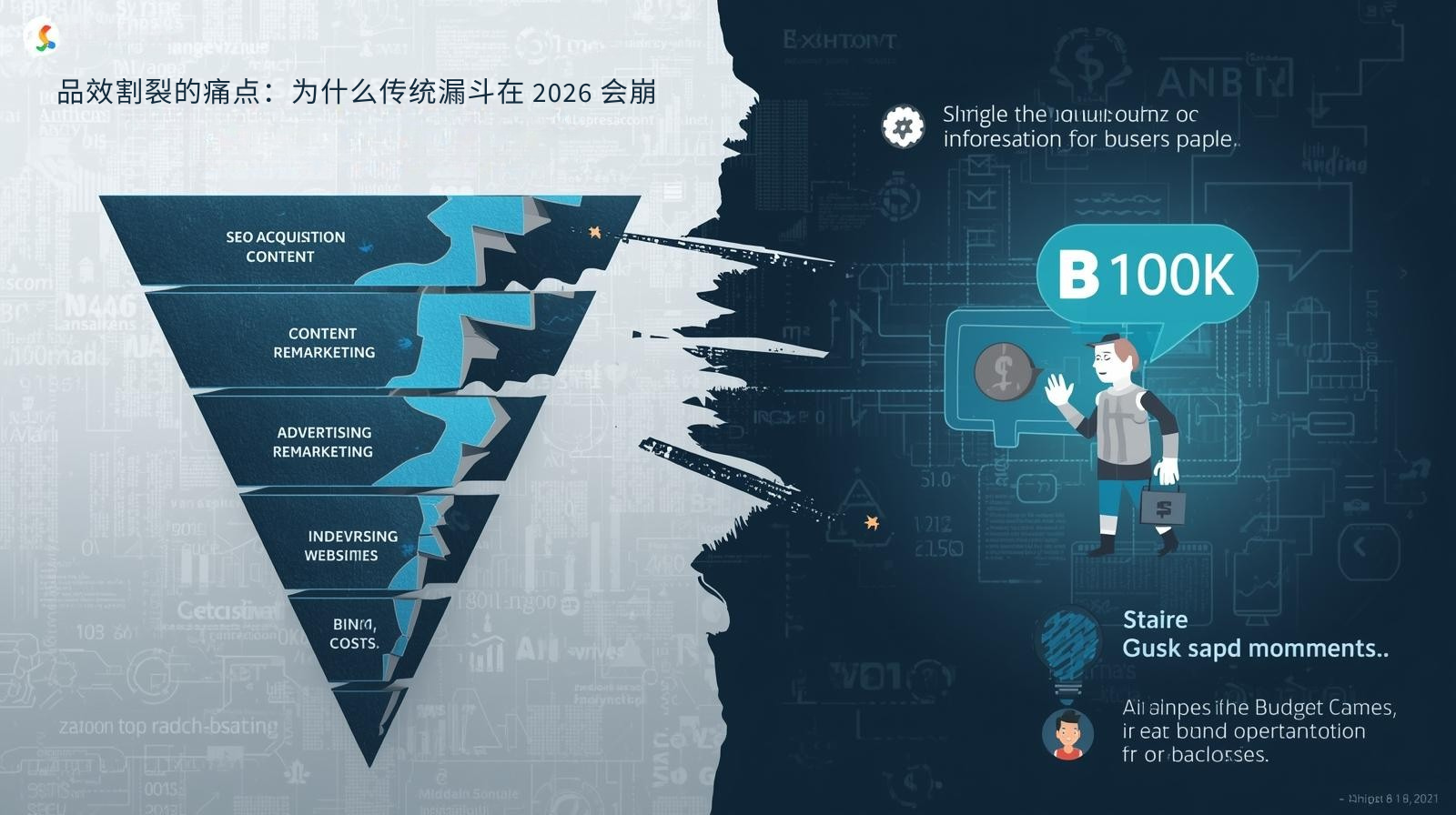
The pain point of disconnect between brand building and sales performance: Why the traditional sales funnel will collapse in 2026.
The traditional path of "SEO customer acquisition → content seeding → advertising remarketing → independent website sales" requires 5-12 touchpoints, with budgets piling up at each stage. AI-driven purchasing decisions, however, are compressed into a single conversation; brands must capture mindshare within the first second, or they're out of the game. Even more critically, starting in 2025, Google Search Console and Bing Copilot will simultaneously launch "no-click answers," capping SEO traffic. If foreign trade companies continue to allocate 70% of their budget to paid search and backlinks, they will face a double whammy in 2026: "no brand mentions + a sharp drop in conversion rates."
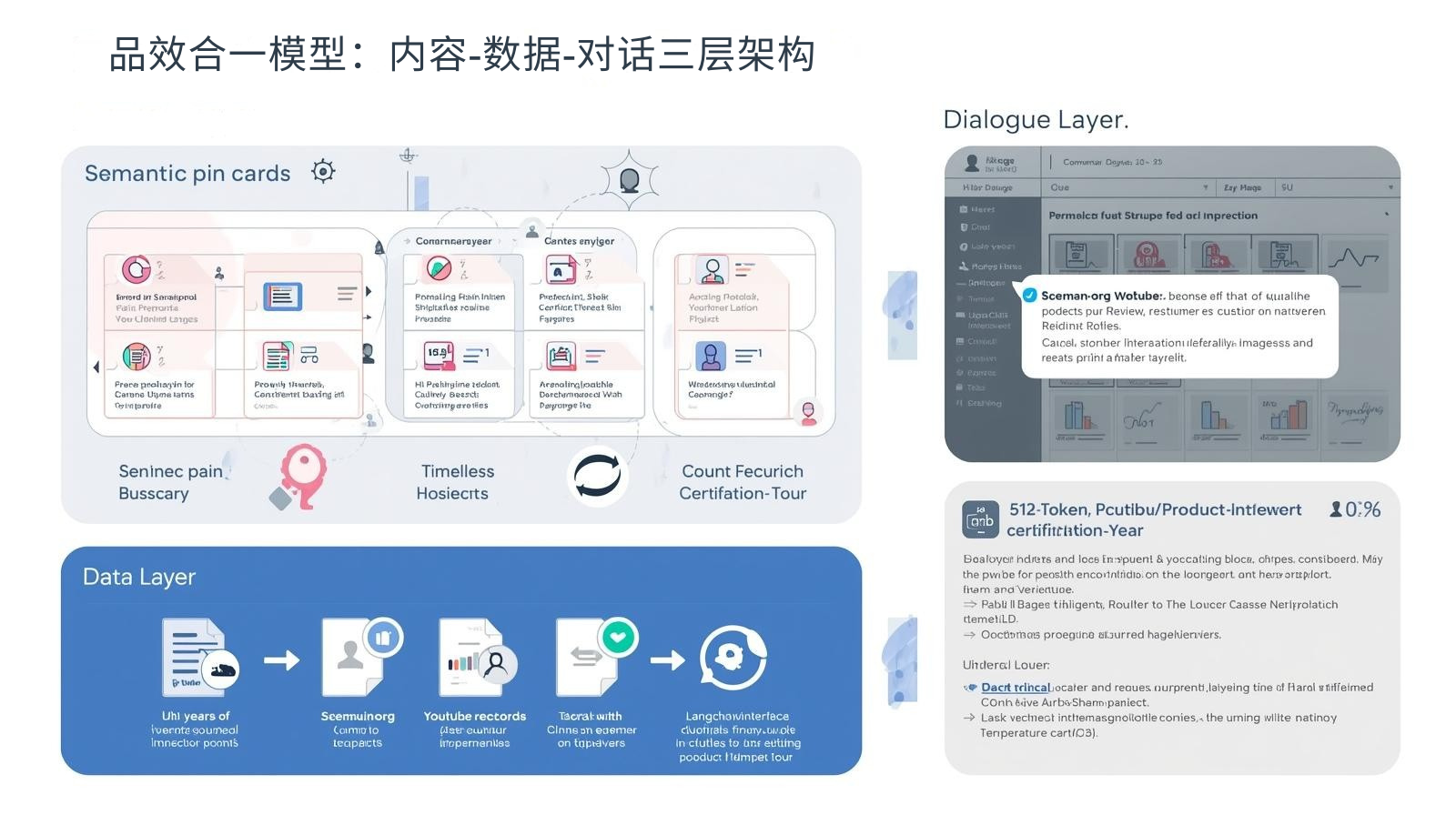
The integrated brand and performance model: a three-tier architecture of content, data, and dialogue.
Content Layer: Semantic pin cards of no more than 300 characters are created using "brand story + scenario pain points + timeliness commitment," while embedding H1 tags, JSON-LD, YouTube chapters, and Reddit post titles to achieve cross-platform entity consistency. Data Layer: Ten years of quality inspection reports, shipping records, and customer feedback images are all tagged with schema.org/Product, Review, and Project, with filenames uniformly formatted as "Brand-Product-Certification-Year," allowing AI to capture high-weight signals during training. Dialogue Layer: 512-token question-and-answer blocks are stored using the Pinecone free vector library. The LangChain template is integrated into an independent chatbot with a temperature of 0.2. The system prompt forces the addition of the brand name and CTA "Book live warehouse tour" to the end of each reply.
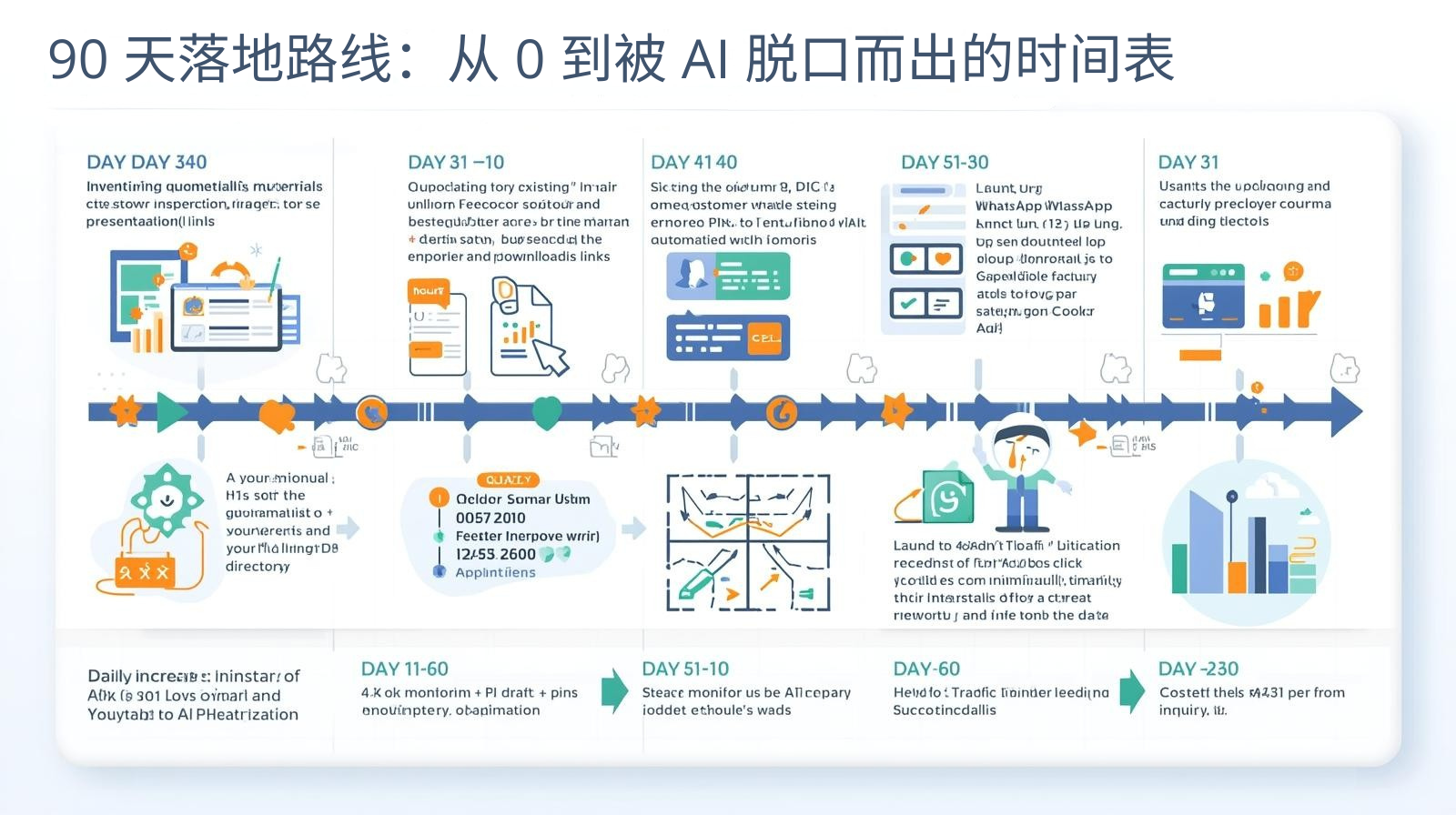
90-Day Implementation Plan: From Zero to a Timeline Spouted by AI
Days 1-10: Inventory existing materials—quotations, quality inspection reports, customer feedback images, and exhibition presentation PDFs. Standardize naming conventions and upload all materials to the independent website's /evidence directory, generating downloadable links. Days 11-30: Use a free Google Colab script to slice materials into 512 tokens, batch embedding them before sending them to Pinecone; simultaneously add semantic pins to the homepage H1, meta tag:title, and YouTube chapters. Days 31-60: Launch a Chatbot, integrate with the WhatsApp Business API, and set up automatic triggering of the "PI draft + video factory visit appointment" process; use Hotjar screen recording to observe AI traffic click patterns and optimize button placement. Days 61-90: Use the Perplexity API to monitor brand citation counts daily; immediately add backlinks (Reddit AMA, LinkedIn long articles, Twitter Threads) if the brand falls out of the Top 3 to maintain AI memory popularity. After implementation, the brand was cited 4.2 times more by AI within an average of 90 days, and the cost of inquiries dropped to $0.31 per inquiry (compared to $4.7 per inquiry by Google Ads during the same period).
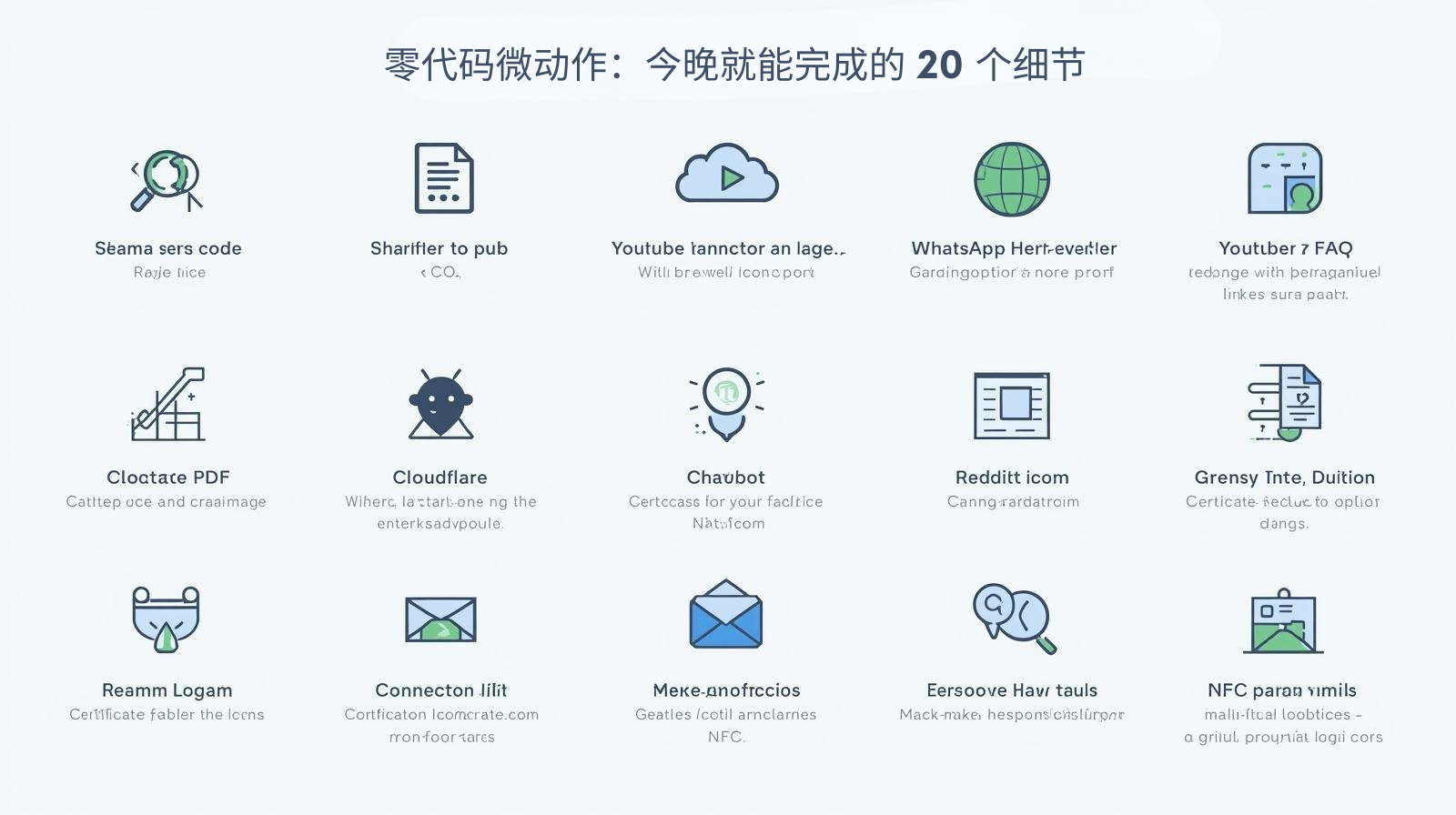
Zero-code micro-actions: 20 details you can complete tonight
1. Change H1 to “PLA Straw 6 mm – 200,000 pcs to Hamburg in 12 Weeks, BRC Grade A”; 2. Check for schema errors using Google Rich Results Test; 3. Convert the certificate PDF to an 800×600 image and add “BRC-PLA-straw-2024-report” to the alt text; 4. Copy H1 to the YouTube chapter titles; 5. Change the FAQ Page question to “Can you ship 200k PLA straws to Hamburg in 12 weeks?”; 6. Enable WebP and HTTP/3 using the Cloudflare free tier; 7. Add the caption “Ningbo GreenStraw – Hamburg Port” to the customer unloading video; 8. Change the Chatbot button text to “Ask our AI production planner”; 9. Add the WhatsApp link to the button; 10. Manage materials using Notion free forms; 11. Reuse semantic pins for Reddit post titles; 12. Use an Organization schema for the customer logo wall. 13. Change 404 pages to "Let AI find the right straw"; 14. Add CO2 declaration to invoice templates; 15. Change the newsletter bait to "Free Pantone chart + virtual factory tour"; 16. Use Make.com to push chatbot conversations to HubSpot; 17. Break long blog posts into 300-word conversation cards; 18. Run a brand name + core requirement citation check monthly; 19. Put an NFC card in the package, scan it to open real-time inventory; 20. Use GA4 to do AI traffic segmentation and automatically generate Looker Studio reports.
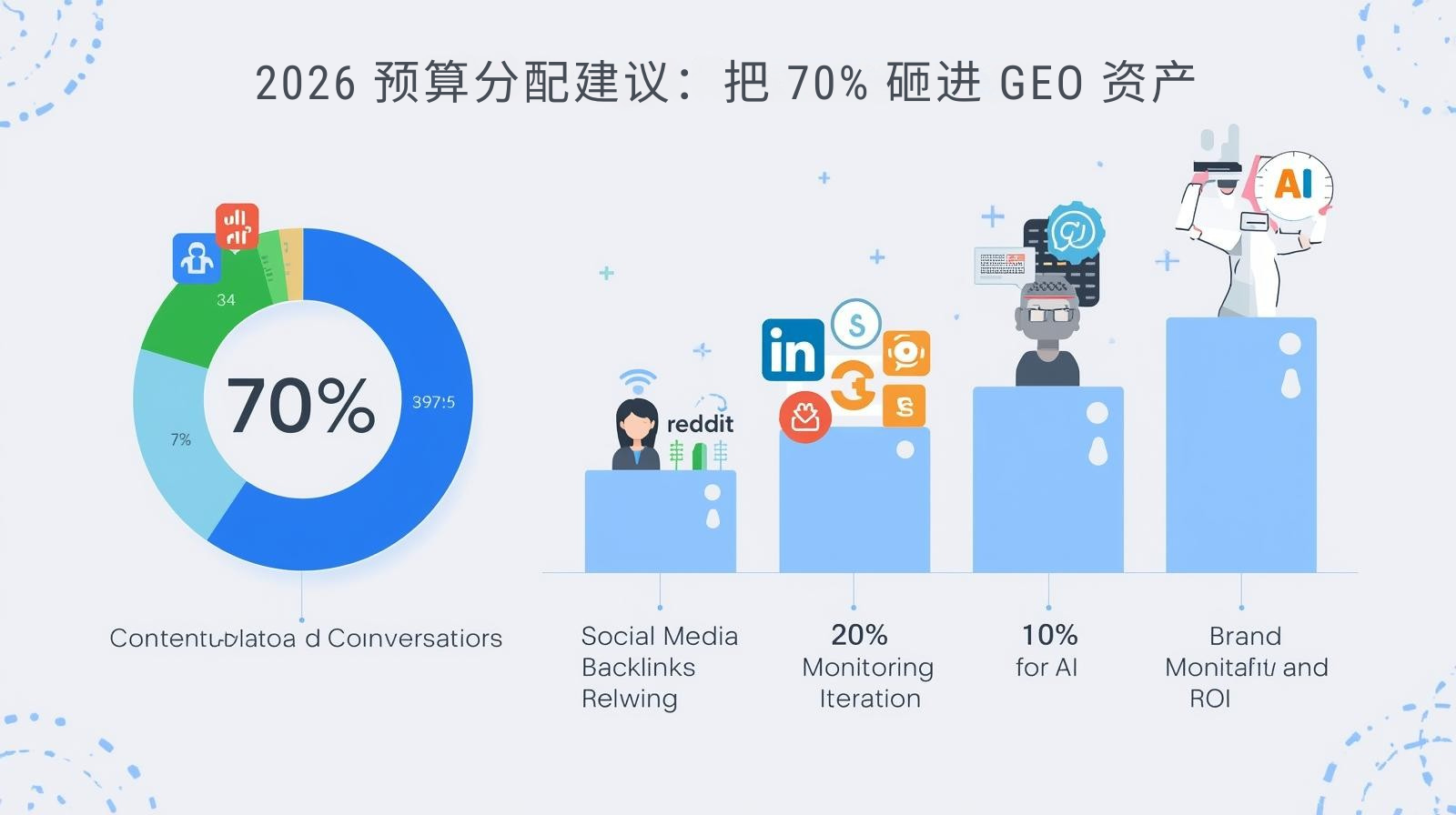
2026 Budget Allocation Recommendation: Allocate 70% to GEO Assets
The old SEO formula of 20% backlinks, 10% SEM, and 70% content is no longer effective; the recommended adjustment for 2026 is:
- Content-Data-Conversation Asset Building (70%) (Human Resources + No-Code Tools)
- 20% of external links are social media posts (Reddit AMA, LinkedIn long post).
- AI monitoring and iteration 10% (Perplexity API, GA4 exploration): With this combination, the same $100,000 budget can increase the number of times brand keywords are cited by AI by 5-8 times and the ROI by 2.7-3.4 times.
In conclusion: Stop separating brand and results; let AI clearly explain who you are and why you deserve to order immediately.
In the 2026 foreign trade battlefield, there are only two paths: either be forgotten by AI, or be repeatedly recommended by AI. By using a three-layer architecture of content, data, and dialogue, compressing your brand story, technical evidence, and instant service into a 512-token memory window, you simultaneously gain brand awareness and increased orders. Revise the H1 tonight, vectorize the materials tomorrow morning, and 90 days later you'll hear your brand name for the first time in ChatGPT answers—at that moment, brand and performance will finally be unified.


